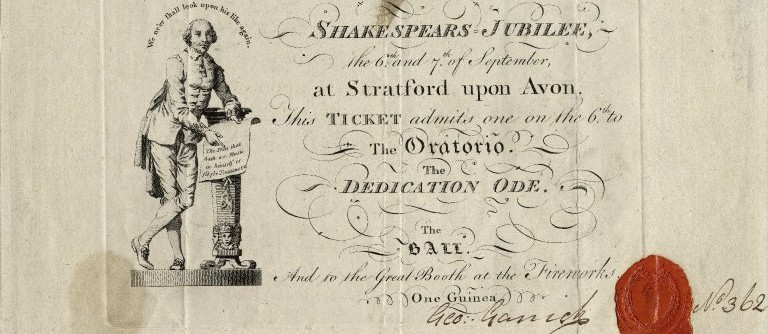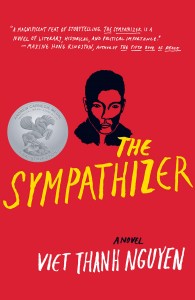Global Guide to the First World War – interactive documentary
In this phenomenal interactive from the British newspaper, the Guardian, ten historians from ten different countries offer a brief history of the First World War. Appropriately, the documentary may be viewed in English, French, German, Italian, Spanish, Arabic, or Hindi. To begin, readers may select Enter and Play. Seven video chapters are then available, each between three and six minutes in length, chronicling themes such as Origins, Trenches, Empires, Fronts, Slaughter, Endings, and Aftermath. In addition, selecting the Interactive option for each chapter, which looks like a pointing finger, allows readers to explore an interactive map of the nations and empires who were engaged. For anyone with an interest in the Great War, this page will offer unusual insight into the nature and consequences of this epic conflict. [CNH]
Digital Stories: Wellcome Collection
The Wellcome Collection, a free museum in London, “explores the connections between medicine, life, and art in the past, present and future.” This site brings the curiosities and complexities of the Wellcome to life for web users. Readers may like to begin by selecting the Mindcraft exhibit, where they will explore “a century of madness, murder and mental healing” centered on the influence of Franz Anton Mesmer, the occultist healer who claimed he had discovered a universal energy that could cure disease. Once readers have seeped themselves in the images, text, and video of Mindcraft, they may like to move on to The Collectors, an online exhibition of various collector’s, such as John Graunt, the 19th century haberdasher who, in collecting statistics on the plague that was ravaging London, may have been the first epidemiologist. [CNH]
WBUR’s Digital Bookshelf
This site, assembled by the Boston Public Radio station, WBUR, gathers all of the station’s book coverage in a single, navigable location. Here readers will find scores of recently published books to scout, along with reviews, interviews with authors, transcripts of book-related programs, and links to sites where readers may purchase the novels, memoirs, biographies, and other books on display. Readers may sort the site by chronology, author, and title. They may also filter by program on which the book was featured (such as The ARTery, Here & Now, and On Point) or by category (such as Staff And Guest Favorites, Fiction, Nonfiction, Biography, Children’s Books, Humor, History, and many others). For readers looking for their next literary adventure, this site can provide a welcome guide to what has arrived on the market. [CNH]
Google Cultural Institute
Founded in 2011, the Google Cultural Institute is a nonprofit initiative that “partners with cultural organizations to bring the world’s cultural heritage online,” with the express purpose of making beautiful and important works of art available to anyone, anywhere. Readers may scout the site by selecting Collections, Artists, and Artworks. Interestingly, they may also explore the User Galleries, which feature the assembled images of other Google Cultural Institute users, which can range from the assembled treasures of museum directors to the random collections of anonymous aficionados. Readers may even like to assemble their own galleries, by selecting My Galleries and then dragging items into it one-by-one to build a collection of their own. The only requirement is that users have a free Google account.[CNH]
Transgender Oral History Project
The Transgender Oral History Project is “a community-driven effort to collect and share a diverse range of stories from within the transgender and gender variant communities.” Interested readers may like to begin by exploring the Story Bank, a series of short video interviews with individuals and groups speaking about issues important to the transgender community, as well as their own personal experiences as either transgendered people or allies. The Story Bank can be scouted with a search box at the top of the page or sorted by categories such as Date Published (Newest to Oldest or Oldest to Newest), Title (Ascending or Descending), or Random. Also on the site, readers will find the downloadable i Live: A Youth Toolkit. This informative resource can help parents and educators who are working with transgendered youth as they navigate four topics, including Media Literacy, Health Care, Employment, and Creating Acceptance.
[CNH]
Mapping the Stacks: A Guide to Black Chicago’s Hidden Archives
Mapping the Stacks (MTS) is a collaboration between University of Chicago faculty and Ph.D. students, professional archivists and librarians, primarily from the University of Chicago Library’s Special Collections Research Center, and archives, libraries, and community-based organizations in the Chicago area that hold rich, but unprocessed collections related to African-American history. Founded by Professor Jacqueline Goldsby of the University of Chicago’s Department of English in 2003, Mapping the Stacks provides the people power to process African American primary source records, including visual materials, periodicals, papers, recorded oral histories, and ephemera according to established archival standards. About 30 completed finding aids are currently accessible on the website, along with a primer on what finding aids are and how they can be used, and a short glossary of archival terms. While production of an archival finding aid for a collection does not digitize all the artifacts in that collection, finding aids contain descriptions of both the materials in the collection and the people and organizations who created the records. Finding aids also indicate the extent of a collection – how much material there is. This means that the work that MTS has chosen to do, get more finding aids online, helps researchers discover hidden collections that document Black Chicago’s history. [DS]
Atavist
Atavist advertises itself as “a simple web tool for powerful storytelling.” For those readers who love to write – and write online – it may be just the service they have been searching for, as it allows authors to upload photos, video, and audio to create an immersive experience. The best way to form a sense of what can be done with Atavist is to select the menu on the top right hand side of the screen and then go to Examples to peruse creative articles that integrate a variety of multimedia possibilities. Interested readers will then want to create an account using Facebook or their email address. From there, the instructions walk through the steps of creating a New Project, including writing text and using the convenient drag and drop functions for various media. Many readers will want to take the Tour, which can be located on the top of the screen after selecting New Project.[CNH]

